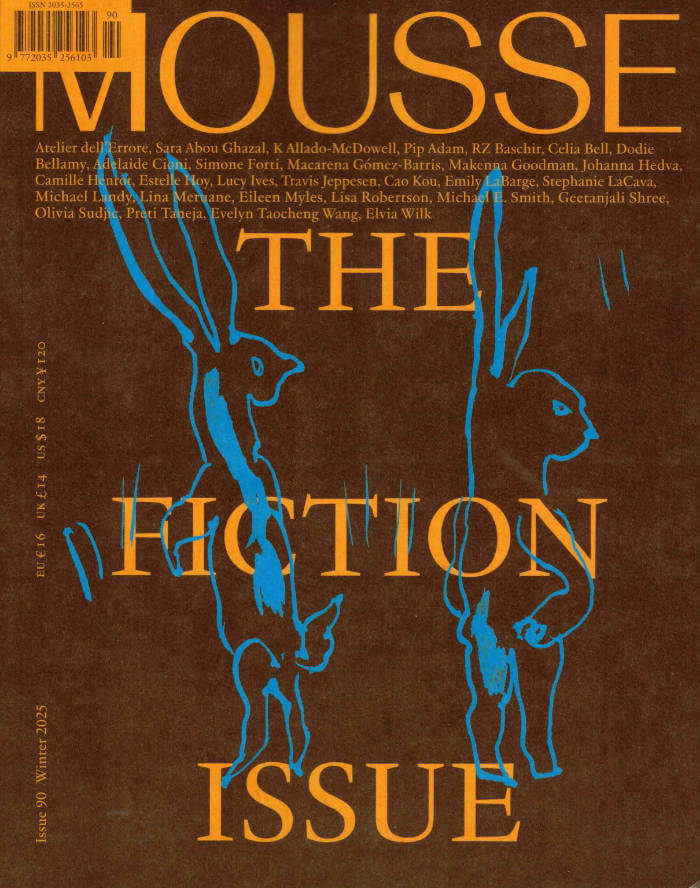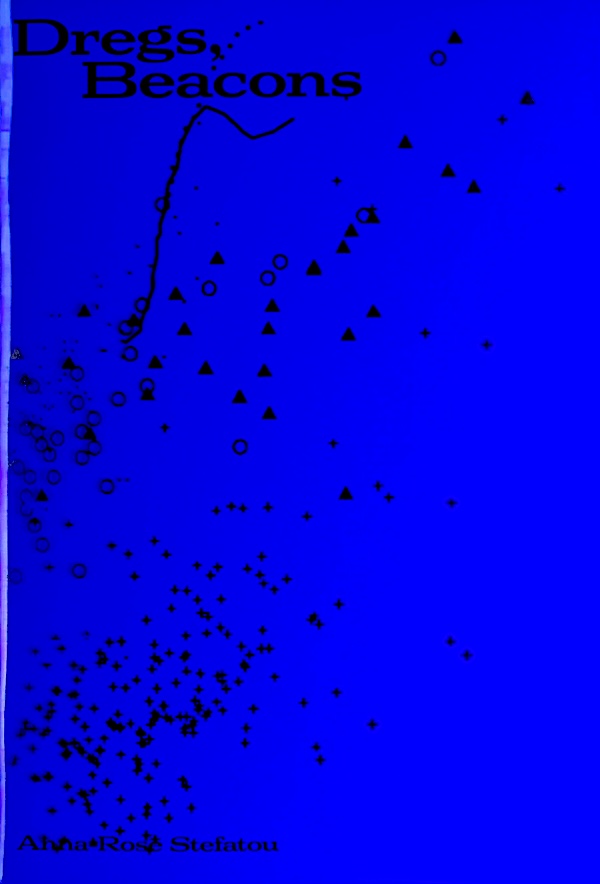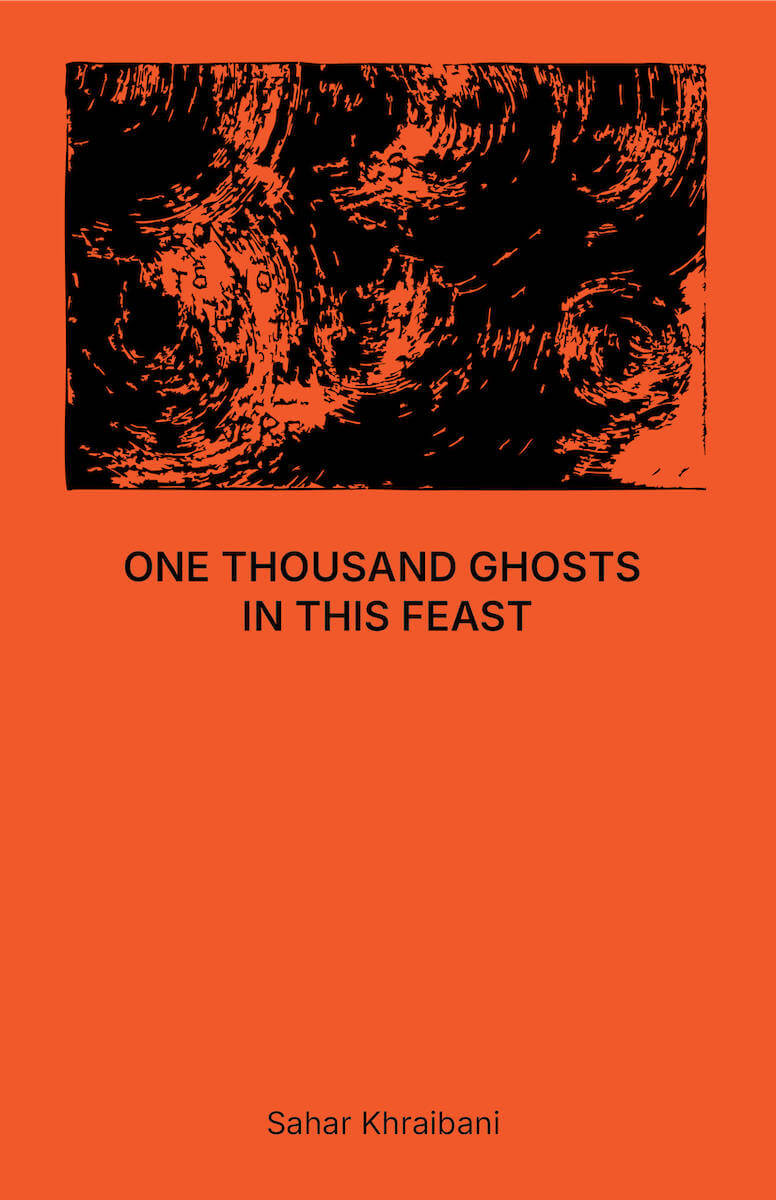
oh, tongue
The notebook of American dancer and choreographer Simone Forti, in which she shares her poetry as well as her thoughts on dance, the body, writing, the state of the world… The publication includes an interview with Forti by Annie Suquet, and an afterword by poet and Fluxus artist Jakson Mac Low.
American dancer and choreographer Simone Forti (born 1935 in Florence, Italy) has been a leading figure in the development of contemporary performance over more than fifty years. Artist, choreographer, dancer, writer, Forti has dedicated herself to the research of a kinesthetic awareness, always engaging with experimentation and improvisation. Investigating the relationship between object and body, through animal studies, news animations and land portraits, she reconfigured the concept of performance and dance.







